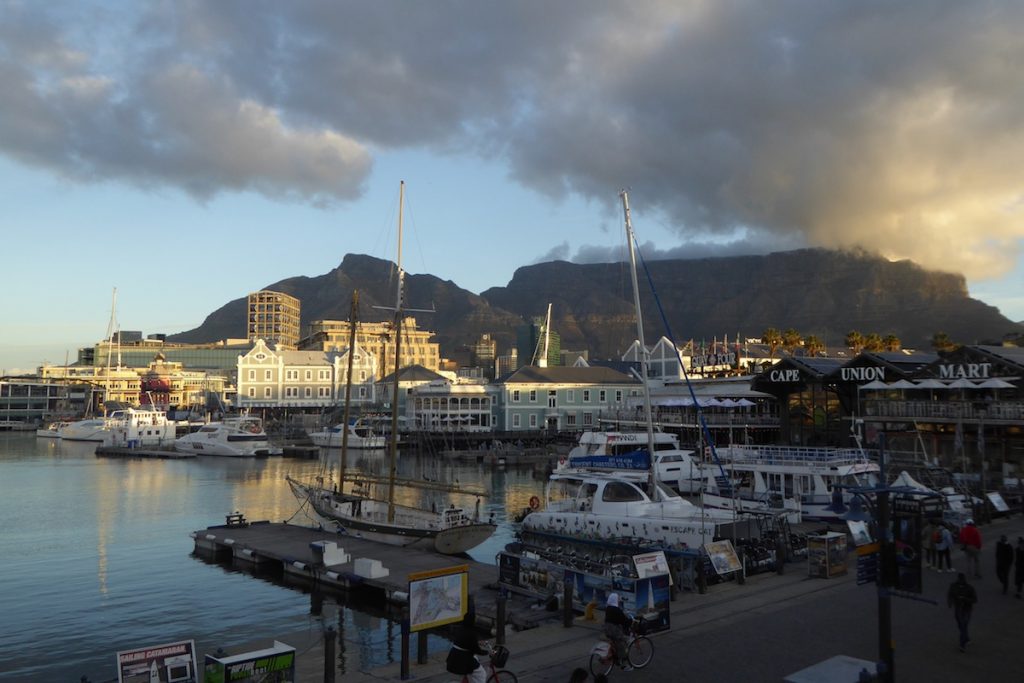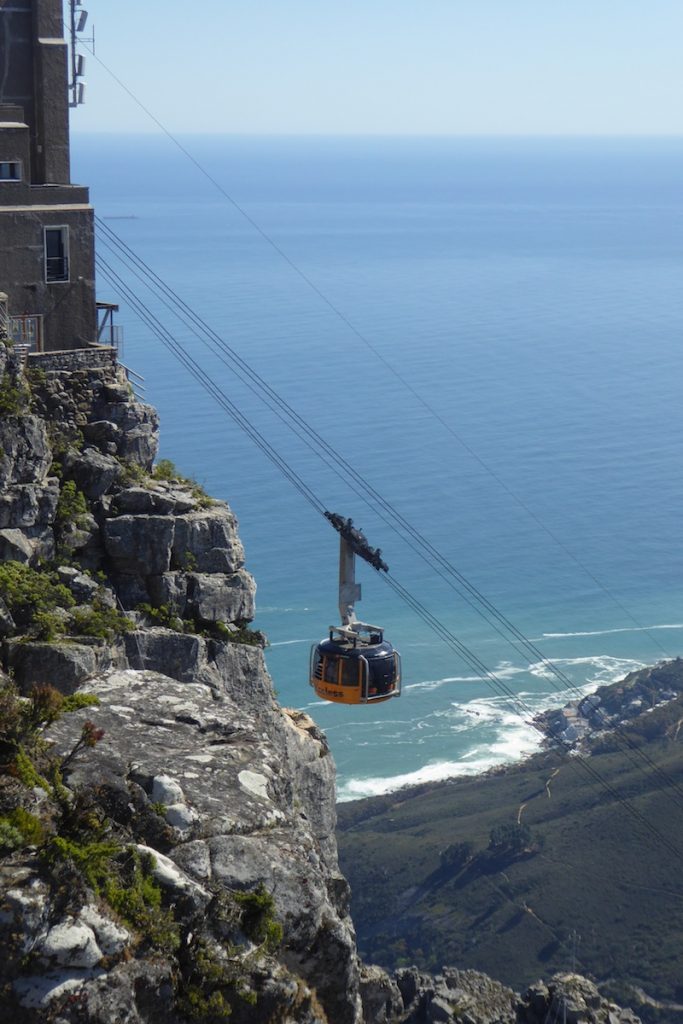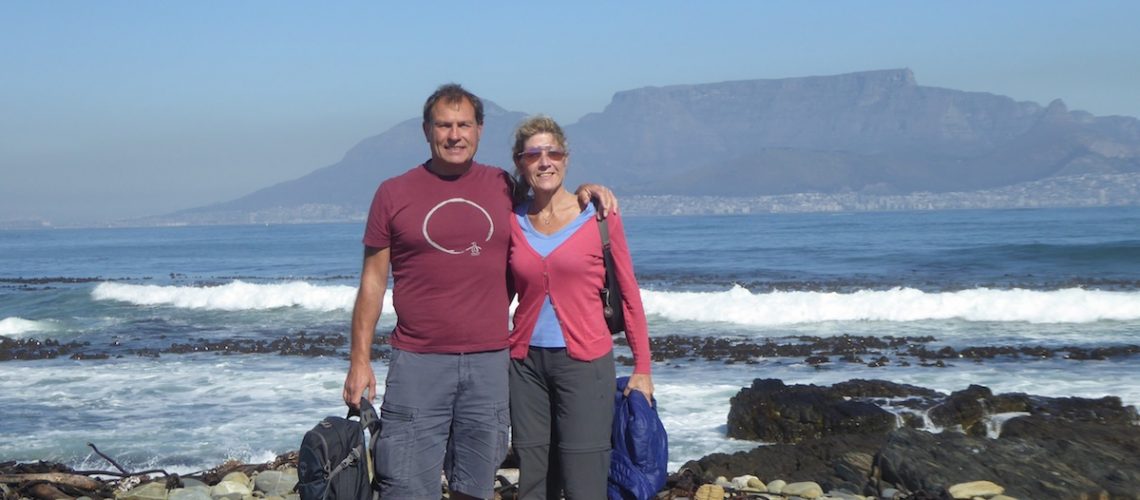Cape Town. Also known as the Mother City.
Reasons for this are varied. One I’ve read is that back in the 1930’s a newspaper article stated that Cape Town was the only city in South Africa that could justifiably call itself a metropolis. The term mother being derived from the Greek derivative meter or metros and polis meaning city.
Or simply that Cape Town is South Africa’s oldest city and thus is known as the mother of modern South Africa.
Another explanation is that Capetonians affectionately use this term to describe the sense of home that they feel in the city.
A first time visitor to Cape Town, I had heard from friends that it’s a beautiful city and they’re right, it is. Cape Town has an enviable, stunning coastline, boasts the magnificent Table Mountain which imposes itself over the city and then there’s Robben Island. The omission of a trip here would, in my opinion, make for an incomplete trip to the Mother City. It is incredibly moving and terrifying to hear the fate of political prisoners within my lifetime.
As a first timer to Cape Town I cannot profess to have full knowledge of it’s political history; I have just about managed to scrape the surface! However the social legacy which it has left behind is very evident.
http://www.sahistory.org.za/article/history-apartheid-south-africa
The apartheid policies of the early 50’s and the following four decades led to some appalling events one of them, the clearing of District 6. This district was home to people of multi ethnicities and religions who lived harmoniously for many generations. Their downfall was that they lived in much sought after land near the heart of the city. Enforced repatriation of 60,000 people to the Cape Flats on the outskirts of the city occured in some cases virtually overnight.
http://www.districtsix.co.za/
Provides more on the history of District 6.
It would be simple to only see the “sanitised” white, european version of Cape Town such as the Victoria & Alfred waterfront. Not that there’s anything wrong with the V&A. It’s very pleasant at the waterfront with many restaurants, shops, an aquarium, an up market arts and crafts area and a food hall. However it caters for the vast tourist market.

Another example of the tourist’s Cape Town is the iconic Table Mountain with it’s magnificent 360 degree vistas of the city and it’s surroundings: rugged mountains to the east, the beautiful aquamarine coast and the Cape point peninsula. I enjoyed our visit here immensely and the weather was simply perfect.

“Hop on, hop off” city buses are an increasingly popular way to get a feel for a city and Cape Town is no exception. There’s a red and blue route which have audio guided tours. We were unsure about stopping off at Kistenbosch botanical gardens but decided to do so on the advice of friends and we’re glad that we did. Peaceful, interesting and relaxing with a plethora of bird and plant life (sure sign of us getting older!) Hopping on the bus we continued around the extremely wealthy and beautiful coastal suburbs of Houts Bay, Llandudno (the Taffs get everywhere!) Camps Bay, Clifton and Bantry Bay.
I would equally urge you to visit a township such as Langa and/or Gugulethu. In our experience all the towns and cities that we have visited within Africa have townships at their peripheries. We were unaware of this prior to our visit.
In 1923 the Urban Areas Act was passed to enforce the compulsory residence of Africans in locations. The township of Langa was completed and officially opened back in 1927. Within Langa there are a various levels of housing: more “up market” concrete houses, some hostel type small rooms for single men (up to 8 in a room), the better off tin shacks have electricity – albeit stolen from the cables running above and known colloquially as the “spider’s web – but neither had running water. Laundry is done at the communal standpipes and barefoot children run around with the chickens and dogs. One little girl of about 4 or 5 grabbed hold of my hand and walked along with me telling our African guide (in Xlosa dialect) that she was going to live with me! After a couple of minutes she quickly ran back to her friends!
https://www.sahistory.org.za/place/langa-township
Similarly wandering in the streets of the CBD – around Shortmarket and Strand – demonstrates that there are plenty of people who have very little. When stopped at traffic lights or junctions people will try to sell you stuff that you don’t need or simply beg. Cape Town appears to be a city of contrast. I guess that’s true for many capital cities. A simple fact is that beggars and the homeless are attracted to prosperous areas with rich pickings and a mild climate.
Despite this Cape Town is a beautiful city with a huge amount to offer. I have enjoyed my stay and hope to return. My advice is to experience all aspects; the rugged beauty of the physical landscape, the warmth of the people, the harsh reality of the legacy of apartheid and the ensuing economic hardship for the majority of the non-white population.

4 thoughts on “Cape Town 🇿🇦”
well done Helen x
Looks like you’re having a great time! I am so glad you are healing and able to continue.
Fantastic description Helen.
You and John should write for Travel Agencies!
Also very impressed with the quality of your photos. What Camera and Lenses are you using?? Cant wait to see you both in Adelaide in December x
Hi
Well, I have a Canon DSLR at home, but no room to carry it.
Don’t laugh, but I’m using a Panasonic Lumix TZ60. It’s a pocket compact with a long range zoom. Image quality drops off at either end of the range and the max aperture is limited but it does have good metering controls and quite a bit of manual capability.
Id like to have the Canon with me but this one is a good compromise for travelling…
Jon